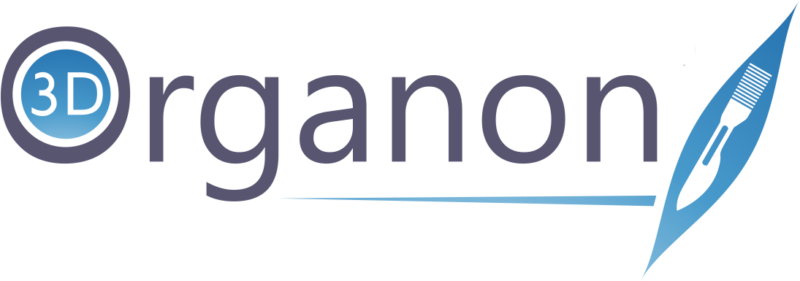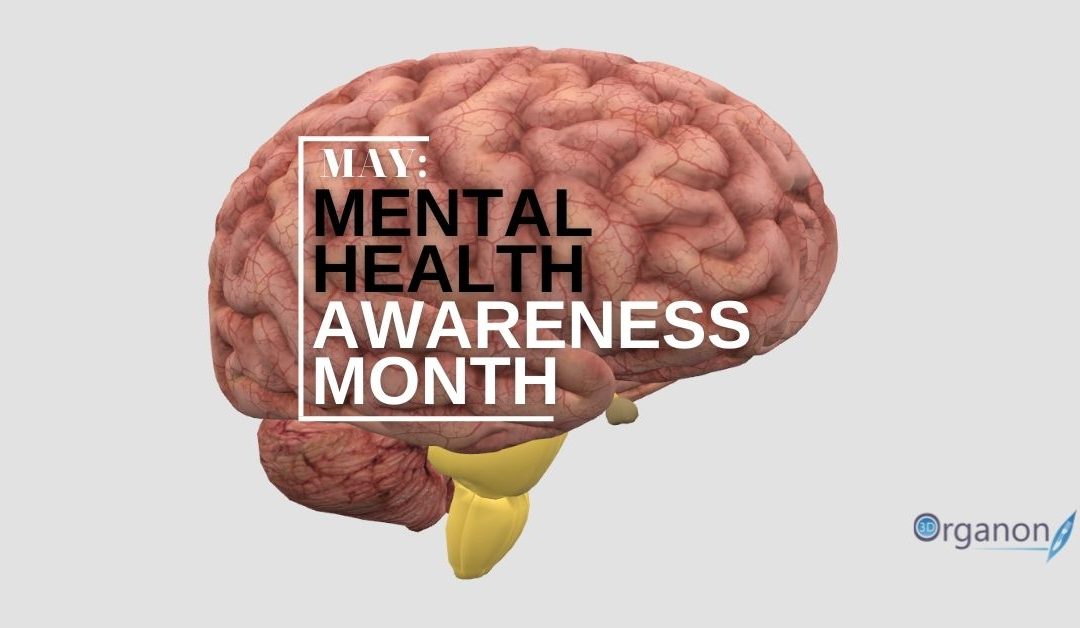May: Mental Health Month
May is the Mental Health Month. The goal is to raise awareness of trauma and the impact it has on the physical, emotional, and mental well-being of children, families, and communities.
Mental health includes our emotional, psychological, and social well-being. It affects how we think, feel, and act. It also helps determine how we handle stress, relate to others, and make choices. Mental health is important at every stage of life, from childhood and adolescence through adulthood.
The importance of mental health
Maintaining a positive mental health and treating any mental health conditions is crucial to stabilizing constructive behaviors, emotions, and thoughts. Focusing on mental health care can increase productivity, enhance our self-image, and improve relationships.
The mental disorders
Mental disorders such as anxiety and depressive disorders are disorders of the brain and involve complex patterns of disturbances of cognition (such as perception, attention, memory), affect and emotion (such as depressed mood, panic), somatic functioning (e.g., appetite, heart rate variability) and behavior. These patterns and disturbances are all associated with disturbances in the transmitter systems of the brain and the central nervous system. Mental disorders include: depression, bipolar disorder, schizophrenia and other psychoses, dementia, and developmental disorders including autism.
Discover the human brain in VR
The best way to simulate nervous system activity is through VR. VR provides the most immersive studying experiences. It combines a high degree of control with validity, and has important benefits for basic neuroscience research and therapeutic applications.
Studying neuroanatomy with 3D Organon
3D Organon allows the user to enhance the learning experience, as well as improve immersion, concentration, interest, enjoyment, and knowledge. 3D Organon VR gives user the opportunity to touch every part of the nervous system in an immersive simulated environment. It provides manipulating interactive modalities, so that the learner can rotate the 3D model to see the four major regions of the brain: the cerebrum, diencephalon, cerebellum, and brainstem. The user can perform a virtual brain dissection that allows interactivity and realism. 3D Organon?s flag function helps the user to easily memorize the names of the brain parts. The 3D Painting Tool allows user to write notes and paint while studying the brain. The bone mapping module offers a detailed color mapping for each bone organized into surfaces, parts, and landmarks.
Understanding how the different parts of the nervous system interrelate with each other, and how they produce the physiological processes that compose the human body, is necessary for every physician.
Start with 3D Organon today: www.3dorganon.com
For the latest news, follow 3D Organon on social media.

